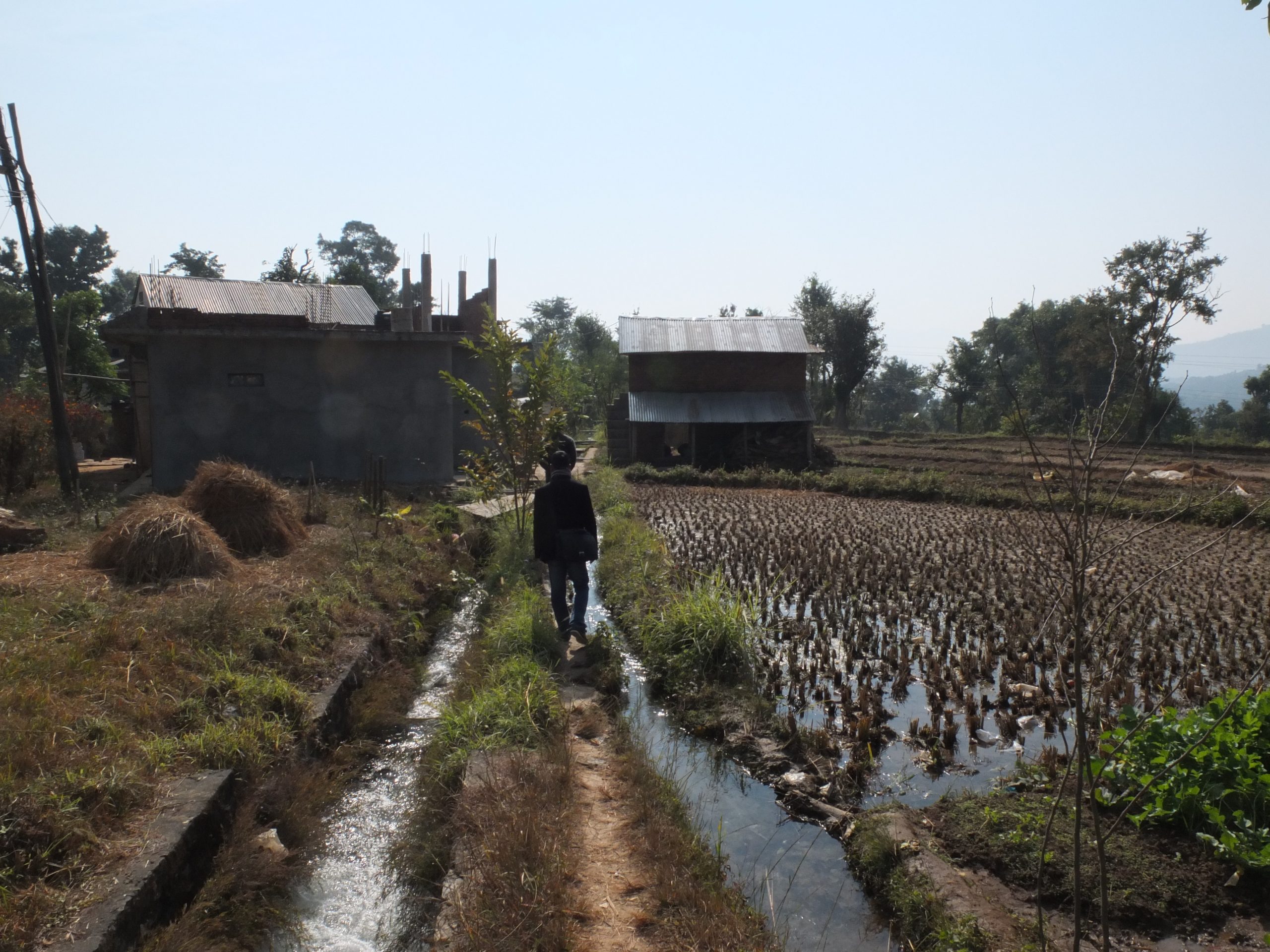
Many cities aspire to sustainable development with its stated objectives of economic growth, social equity and environmental quality (Goodling et al. 2015). While this is commendable it is clear that even in cities that have achieved a degree of green growth, the commitment to green building and mass transportation systems does not necessarily lead to everyone benefiting.
On the contrary, it can serve to reinforce divides and lead to eco-gentrification (Goodling et al. 2015). The ‘’sustainability fix’’ (While et al. 2004) is part of a growing body of eco-gentrification literature looking into how transport and housing policy designed to be environmentally friendly leads to low-income households losing out. Such work testifies to the structural reinforcement of inequality that can occur unintentionally. Also, it illustrates that once established, social inequalities are difficult to eradicate.
This grant is to build an interdisciplinary network of researchers with expertise in transport, energy, policy, and cities to overcome ‘silos’ in public policy on sustainable development that may inadvertently lead to strengthening structural inequalities.
A key component of the sustainable development of cities is the provision of mass transportation systems. Residential value uplift due to transport infrastructure is evident and acts an important component of land value capture policy as a relatively new form of infrastructure funding (McIntosh et al., 2014). Du and Mulley (2007) found that proximity to transport infrastructure has a positive effect on housing values, but that this was unevenly distributed through their study region.
However, whilst the value of public transport infrastructure is captured in housing prices, the longer-term affect may be that those who would benefit most from the provision of public transport may not be the major beneficiaries of new infrastructure, leading to issues of social exclusion that must be considered. Currie et al. (2010) identified that in areas poorly serviced by public transport households tended to be socio-economically worse off.
The project draws on earlier work (Brennan, Olaru and Smith 2014) on investigating the degree in which access to infrastructure is capitalised in housing prices. From welfare perspective the research will highlight the comparative advantage that location provides.
This will help policy makers identify segments of the community that are more disadvantaged than their incomes alone would imply. The output from this research is a theoretical treatment of ‘economic opportunism’ and how to include public infrastructure to arrive at a comprehensive comparative income measure that accounts for housing. From an applied perspective, the planning policies from both Leeds (UK) and Perth (Australia) will be viewed in terms of the level in which transport infrastructure appraisal considers distributional (equity) impacts to inform policy.